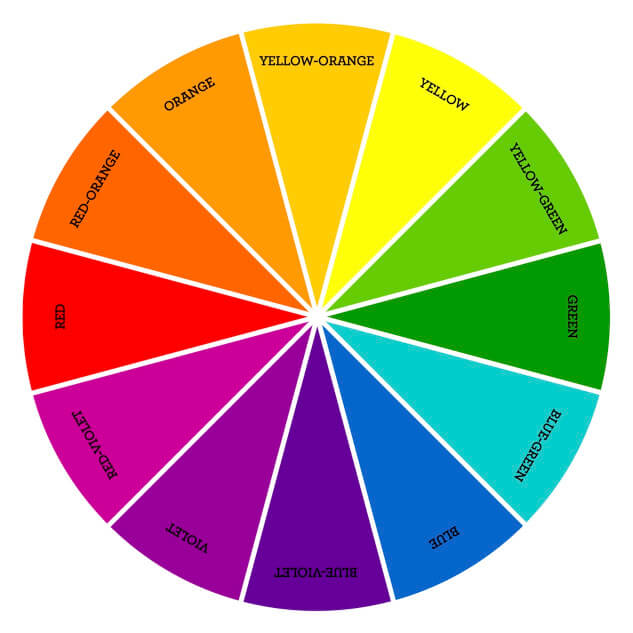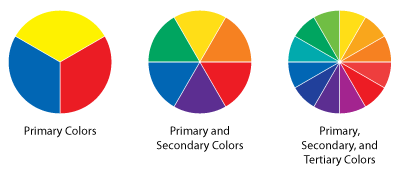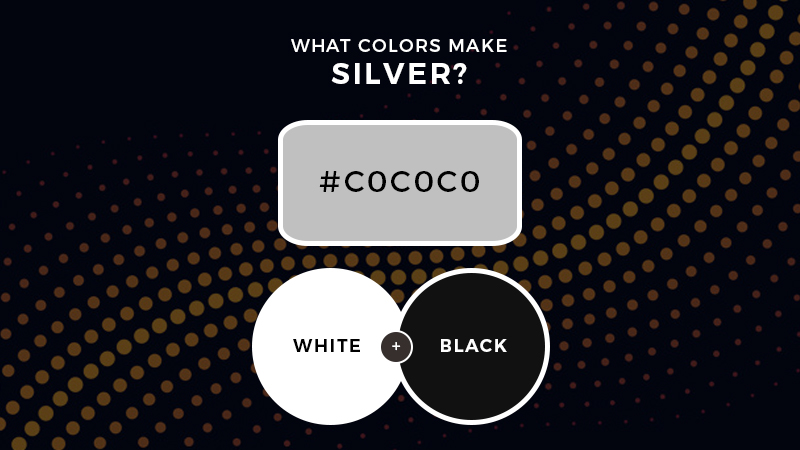What Colors Make Silver? What Two Colors Make Silver
In need of the color silver but unsure how to make it?
Whether you’re out to depict something sleek and modern or tasked to recreate the metallic sheen of the moon, it is important to know what specific colors make the elegant gleam of silver.
However, in order to do so, it is crucial to get acquainted with the basics of color mixing first, and how it can help you come up with the right hues that will perfectly express yourself and your subject.
To help you with that, we have prepared a brief guide that tackles the basics of color theory, and how you can essentially make an exact copy of silver’s metallic shade with relative ease.
Keep reading …
By now, you must already have realized that nearly everything utilizes distinct silver accents. From high-technology devices and your metallic kitchen utensils to the glamorous jewelry that suits your skin tone, a nearly endless number of things exhibit the color silver.
Fortunately, with the right mixture of certain colors, you can now replicate this glamourous pigment and incorporate it into your artwork.
However, before we let you know what specific colors you should mix to arrive at the color silver, here are a few important details you need to remember first:
The Fundamentals of Color Theory
In elementary school, you may have seen your teacher flashing a wheel of colors in front of the class. This flashy roll of varying colors is, naturally, called a “Color Wheel.”
In color theory, each color is placed on a circle and is arranged in a way that easily exhibits its relation to another color. This, in turn, helps artists and non-artists to have relative ease in making color choices.
First up are what we call “Primary Colors”: red, yellow, and blue. In terms of basic color knowledge, these three are the base colors from which all other pigments can be derived.
In particular, mixing red and blue produces the color purple. Blending yellow and blue, on the other hand, makes the color green; and combining yellow and red results in orange. These colors, formed by mixing two primary colors together, are what we call “Secondary Colors.”
Lastly, there are also what we call “Tertiary Colors.” While the secondaries are derived by mixing two primary colors, this category is formed by combining a primary and a secondary color. Among the common hues that fall under tertiary colors are blue-green, red-violet, and yellow-orange.
By knowing these basic color distinctions, you can easily understand the two important modes for mixing color: the additive color mixing model and the subtractive color mixing model.
In particular, when we speak of the additive color mixing model, or the RGB (Red, Green, Blue), we are referring to the process of mixing red, green, and blue light sources of various intensities.
Under such mode, the more light you add, the brighter the color mix becomes. To create a pure white color, artists must fuse all red, green, and blue light together,
On the other hand, the subtractive color model, or the CMYK (Cyan, Magenta, Yellow, Key), works in an opposite manner. This means that while the RGB works by adding light to achieve a preferred hue, CMYK uses ink to subtract brightness from white.
When combining Cyan, Magenta, and Yellow, an artist will end up with the color black – the absence of brightness.
Knowing these basic concepts and distinctions is necessary to master the art of color mixing.
In particular, if you’re aiming to recreate the metallic gloss of silver, reviewing the color wheel and its principles will give you the idea that silver may be achieved by combining something that is light and something that is dark.
What Two Colors Make Silver
Now that you’ve recounted the fundamentals of color theory and the distinction between RGB and CMYK, it will be much easier for you to identify the color-mixing process of creating silver.
Since silver comes closer to the color grey, it can be formed by mixing two colors together: white and black.
However, in order to achieve the glossy, metallic appeal that comes with it, the trick is to create a warmer shade of grey. This can be done by adding more black or white, depending on your preferred intensity. For a lighter value, you can choose to add more white. To create a darker value, add more black.
Once you’ve achieved your desired tone, you can use pure titanium white to create highlights.
Silver in Design
Generally, due to the glamour and elegance it conveys, the color silver is often associated with wealth and prestige.
Most of the time, this glossy hue is used to express modern, high-technology devices or polished and sophisticated items.
Although it comes close to grey, silver stands as a more refined and livelier variation.
As a gemstone, the color is often taken as an embodiment of hope, meditation, mystic visions, kindness, and even wisdom.
The Bottom Line
Ready to immerse yourself in an art project that will include the metallic sheen of silver?
Whether you’re game for some cool graphic designs, canvas painting, or even full-blown face make-up, you can now have the confidence to exhibit an art piece adorned by the right colors to perfectly express your ideas and perceptions.
Read Latest Posts

Hi, I'm Anthony Tran! Welcome to my site. I live in Arizona and am obsessed with all things related to building an Online Business and working from home. Learn about my journey here.
Follow Online







